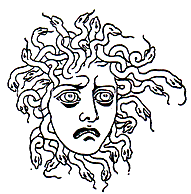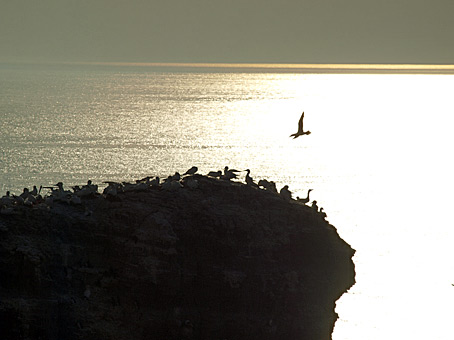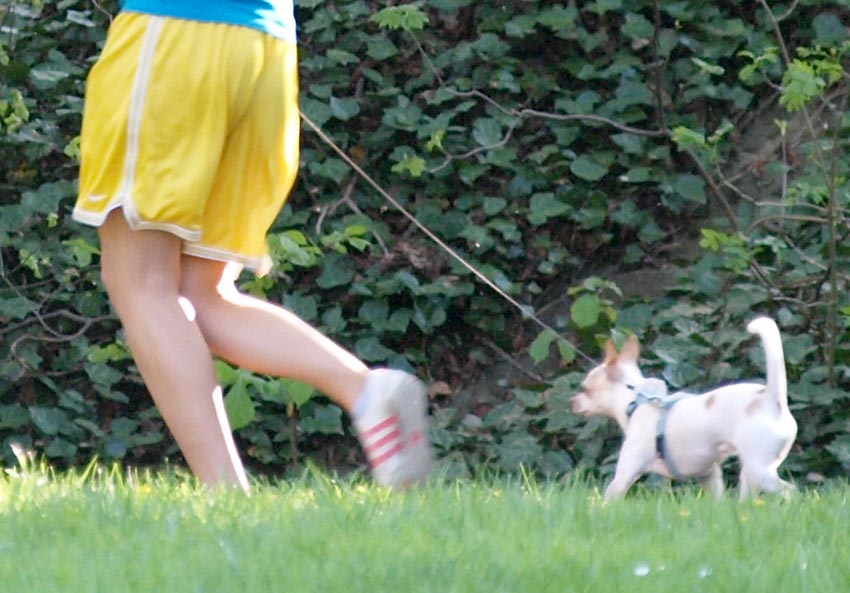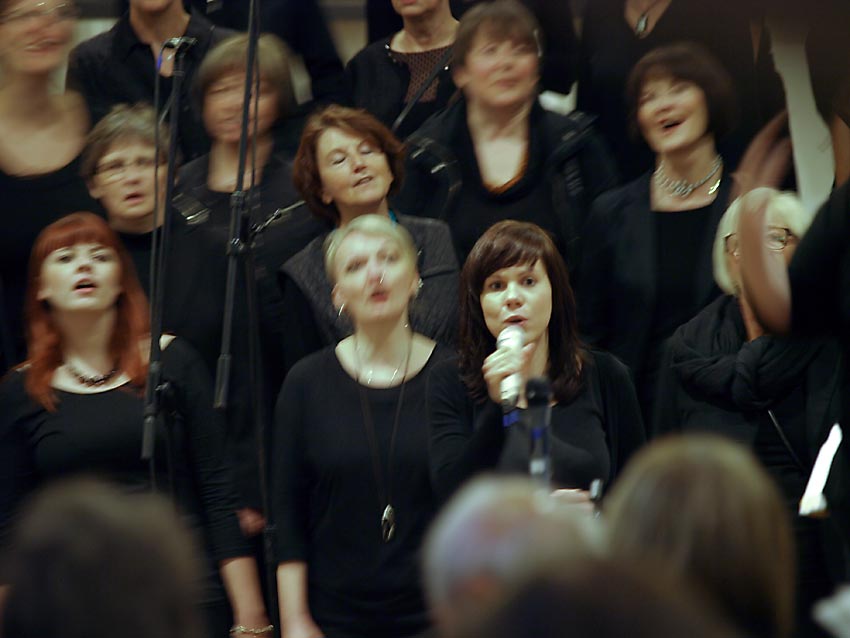 Das Haupt der MEDUSA, ein
Das Haupt der MEDUSA, ein
Symbol für den Hüter der
Schwelle. (Grafik: Privatbesitz)
In den Weisheitslehren taucht immer wieder der Begriff des „Hüters der Schwelle“ auf. Im Artikel des irisch- amerikanischen Mystikers und Theosophen W. Q. Judge wird beschrieben, wie sich der „Hüter der Schwelle“ im Wesen und in den äußeren Umständen des Suchers manifestieren kann. Wenn man unverhofft einen Kanaldeckel öffnet und Licht auf die im dunklen Untergrund hausenden Ratten und Insekten fällt, laufen diese panisch umher und versuchen in dunkle Ecken zu flüchten. So ähnlich wirkt der HÜTER in der Psyche des Suchers. Je mehr man auf DEM WEG voran schreitet, umso unruhiger werden die „Kanalratten“ der eigenen Psyche.
Schließlich erheben sich alle Insekten und Ratten WIE EIN MANN und treten als mehr oder weniger erkennbare Entität gegen den Sucher an. Das ist eine der kritischsten Etappen auf dem PFAD. Man mag das zunächst für ein gutes Zeichen halten. Doch was folgt, ist tödlicher Ernst. Und viele gehen daran zugrunde. Der Artikel von Judge ist daher von zeitloser Aktualität. HEINZ KNOTEK
THE DWELLER OF THE THRESHOLD
(Der Hüter der Schwelle)
HAS such a being any existence? Has any one ever seen it? Are there many or several, and has it any sex? Such are the questions asked by nearly all students who read theosophical books. Some of those who all their life believed in fairies in secret and in the old tales of giants, have proceeded to test the question by calling upon the horrid shade to appear and freeze their blood with the awful eyes that Bulwer Lytton has made so famous in his „Zanoni.“ But the Dweller is not to be wooed in such a way, and has not appeared at all, but by absolute silence leads the invoker to at last scout the idea altogether.
But this same inquirer then studies theosophical books with diligence, and enters after a time on the attempt to find out his own inner nature. All this while the Dweller has waited, and, indeed, we may say, in complete ignorance as yet of the neophyte’s existence. When the study has proceeded far enough to wake up long dormant senses and tendencies, the Dweller begins to feel that such a person as this student is at work. Certain influences are then felt, but not always with clearness, and at first never ascribed to the agency of what had long ago been relegated to the lumber-room of exploded superstitions. The study goes still farther and yet farther, until the awful Thing has revealed itself; and when that happens, it is not a superstition nor is it disbelieved. It can then never be gotten rid of, but will stay as a constant menace until it is triumphed over and left behind.
When Glyndon was left by Mejnour in the old castle in Italy, he found two vases which he had received direction not to open. But disobeying these he took out the stoppers, and at once the room was filled with intoxication, and soon the awful, loathsome creature appeared whose blazing eyes shone with malignant glare and penetrated to Glyndon’s soul with a rush of horror such as he had never known.
In this story Lytton desired to show that the opening of the vases is like the approach of an enquirer to the secret recesses of his own nature. He opens the receptacles, and at first is full of joy and a sort of intoxication due to the new solutions offered for every problem in life and to the dimly seen vistas of power and advancement that open before him. If the vases are kept open long enough, the Dweller of the Threshold surely appears, and no man is exempt from the sight. Goodness is not sufficient to prevent its appearance, because even the good man who finds a muddy place in the way to his destination must of necessity pass through it to reach the end.
We must ask next, WHAT is the Dweller? It is the combined evil influence that is the result of the wicked thoughts and acts of the age in which any one may live, and it assumes to each student a definite shape at each appearance, being always either of one sort or changing each time. So that with one it may be as Bulwer Lytton pictured it, or with another only a dread horror, or even of any other sort of shape. It is specialized for each student and given its form by the tendencies and natural physical and psychical combinations that belong to his family and nation.
Where, then, does it dwell? is the very natural inquiry which will follow. It dwells in its own plane, and that may be understood in this manner.
Around each person are planes or zones, beginning with spirit and running down to gross matter. These zones extend, within their lateral boundaries, all around the being. That is to say, if we figure ourselves as being in the center of a sphere, we will find that there is no way of escaping or skipping any one zone, because it extends in every direction until we pass its lateral boundary.
When the student has at last gotten hold of a real aspiration and some glimmer of the blazing goal of truth where Masters stand, and has also aroused the determination to know and to be, the whole bent of his nature, day and night, is to reach out beyond the limitations that hitherto had fettered his soul. No sooner does he begin thus to step a little forward, than he reaches the zone just beyond mere bodily and mental sensations. At first the minor dwellers of the threshold are aroused, and they in temptation, in bewilderment, in doubt or confusion, assail him. He only feels the effect, for they do not reveal themselves as shapes. But persistence in the work takes the inner man farther along, and with that progress comes a realization to the outer mind of the experiences met, until at last he has waked up the whole force of the evil power that naturally is arrayed against the good end he has set before him. Then the Dweller takes what form it may. That it does take some definite shape or impress itself with palpable horror is a fact testified to by many students.
One of those related to me that he saw it as an enormous slug with evil eyes whose malignancy could not be described. As he retreated – that is, grew fearful -, it seemed joyful and portentous, and when retreat was complete it was not. Then he fell further back in thought and action, having occasionally moments of determination to retrieve his lost ground. Whenever these came to him, the dreadful slug again appeared, only to leave him when he had given up again his aspirations. And he knew that he was only making the fight, if ever he should take it up again, all the harder.
Another says that he has seen the Dweller concentrated in the apparent form of a dark and sinister-looking man, whose slightest motions, whose merest glance, expressed the intention and ability to destroy the student’s reason, and only the strongest effort of will and faith could dispel the evil influence. And the same student at other times has felt it as a vague, yet terrible, horror that seemed to enwrap him in its folds. Before this he has retreated for the time to prepare himself by strong self-study to be pure and brave for the next attack.
These things are not the same as the temptations of Saint Anthony. In his case he seems to have induced an hysterical erotic condition, in which the unvanquished secret thoughts of his own heart found visible appearance.
The Dweller of the Threshold is not the product of the brain, but is an influence found in a plane that is extraneous to the student, but in which his success or failure will be due to his own purity. It is not a thing to be dreaded by mere dilettanti theosophists; and no earnest one who feels himself absolutely called to work persistently to the highest planes of development for the good of humanity, and not for his own, need fear aught that heaven or hell holds.
(Path, December, 1888)
Anmerkung der Redaktion: Das von Judge zitierte Werk von Bulwer-Lytton, ZANONI, gilt als eines der ersten Einweihungsromane im westlichen Kulturkreis, das auf die mögliche Existenz von höher entwickelten Wesen, ADEPTEN, hinweist. Bulwer-Lytten soll Rosenkreuzer-Gruppen nahe gestanden haben.
 Edward Bulwer-Lytton: ZANONI (verschiedene Ausgaben)
Edward Bulwer-Lytton: ZANONI (verschiedene Ausgaben)
Mögliche Verfügbarkeit von Edward Bulwer-Lytton: ZANONI
(Angaben ohne Gewähr!)
Zuletzt aktualisiert: 28.04.2012 von Heinz Knotek






